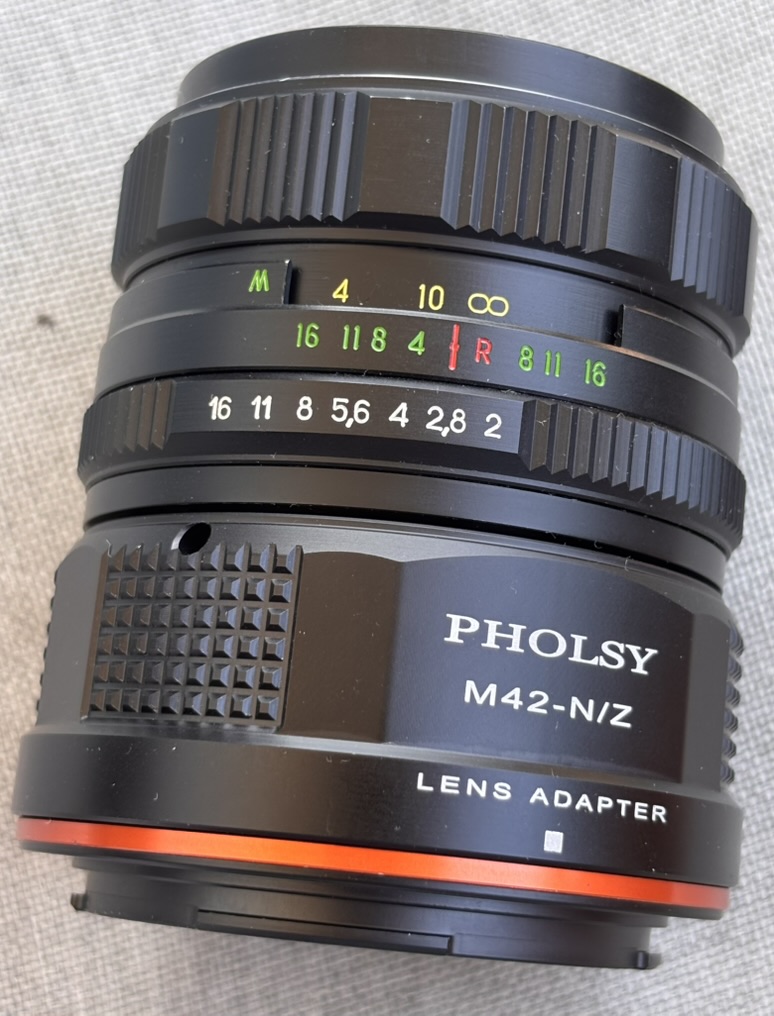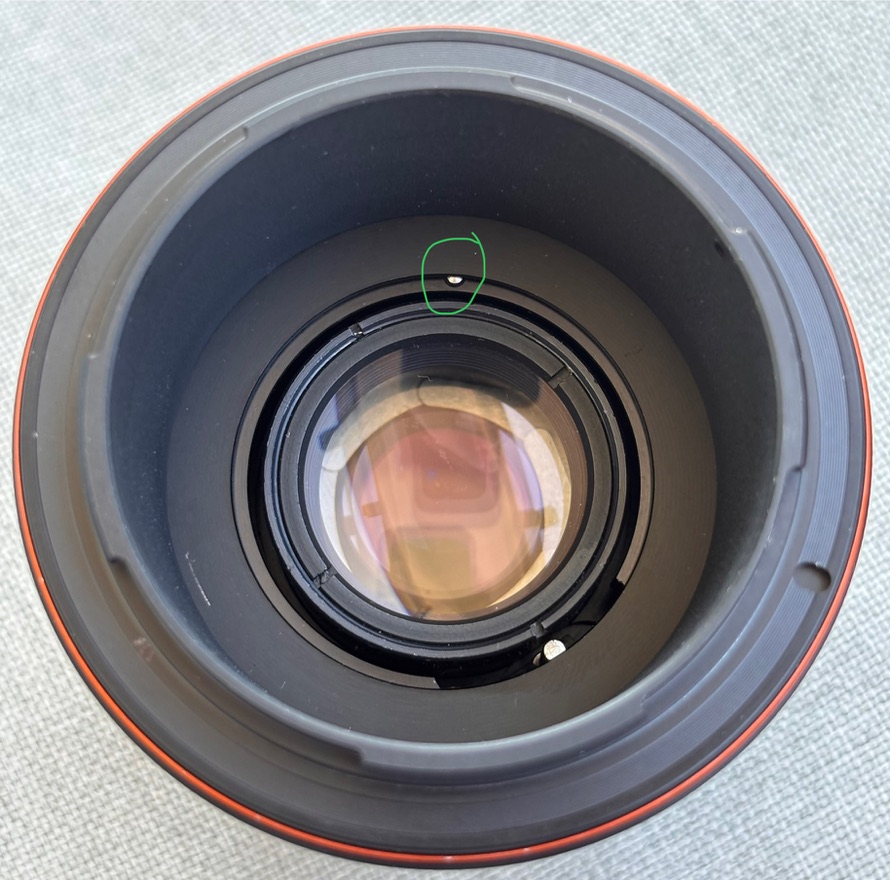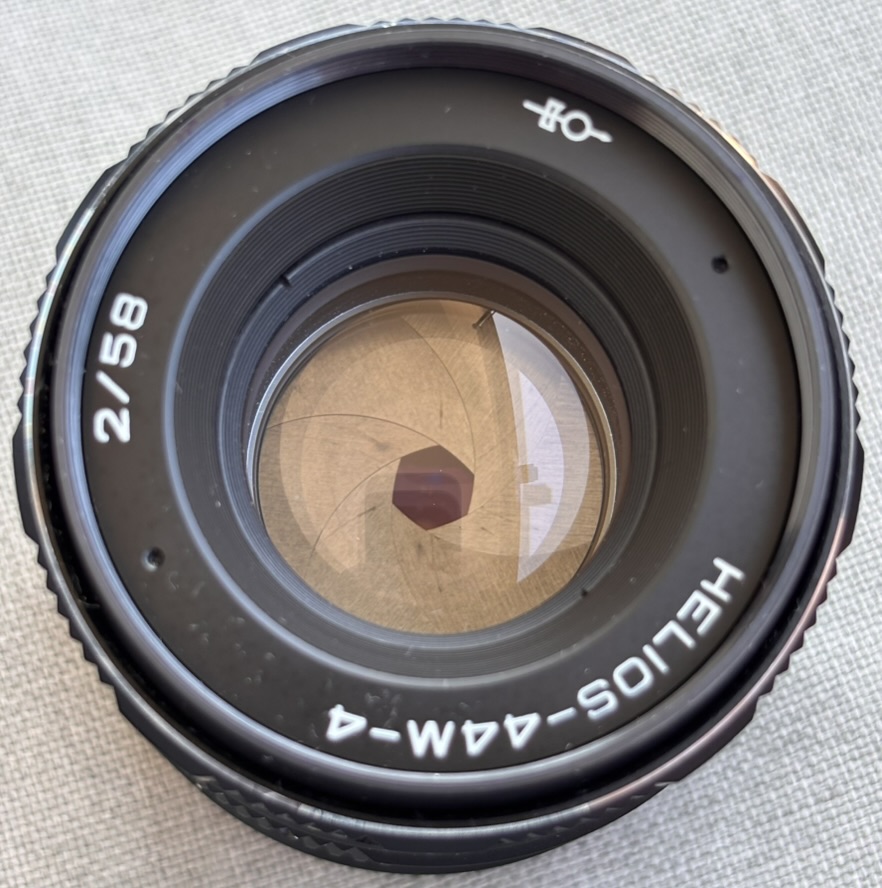
Vintage Glass on Modern Gear: Using M42 Lenses on Mirrorless Cameras
Using classic M42 lenses on modern mirrorless cameras has become increasingly popular – and for good reason. These lenses often deliver impressive optical performance at a fraction of the cost of contemporary glass. But before you mount an old lens on your new camera, it’s important to understand adapters, auto-aperture mechanisms, and compatibility details.
What is the M42 Mount?
The M42 mount is a screw thread with a diameter of 42 mm and a 1 mm thread pitch. It was widely used from the 1940s by manufacturers like Pentax, Praktica, Zenit, Carl Zeiss Jena, and others. Most M42 lenses are fully manual: both focus and aperture are adjusted on the lens itself.
Adapters: The Key Component
To use an M42 lens on a mirrorless camera, you’ll need an adapter that connects the M42 thread to your camera’s mount. But not all adapters are created equal.
Types of Adapters

- Basic Mechanical Adapters: These simple adapters have no electronics – perfect for manual shooting.
- Adapters with Infinity Stop: Some high-quality adapters include a hard stop for infinity focus.
- Adapters with Aperture Pin Push Mechanism: Essential for lenses with auto (spring-loaded) diaphragms (more on that below).
- Adapters with Optics: Rare and usually only needed for DSLR use. Mirrorless cameras don’t need optical correction – they have enough flange distance for purely mechanical adapters.
Flange Distance and Compatibility
Mirrorless systems (Sony E, Canon RF, Nikon Z, Fuji X, MFT, etc.) have short flange distances – this works in favor of adapting vintage lenses. The adapter must compensate exactly to ensure infinity focus. Quality adapters are precisely machined and hold the lens firmly without play.
Spring-Loaded Apertures: What You Need to Know
Many M42 lenses – especially from the Praktica or Zenit era – have a spring-loaded auto diaphragm. These lenses stay fully open for focusing and only stop down to the selected aperture when the shutter is released. The mechanism is triggered by a small pin at the lens mount.
The Problem:
Modern mirrorless adapters don’t trigger the pin automatically. If the pin isn’t pressed, the aperture stays wide open, making proper exposure control impossible.
Workarounds:

- Adapters with a Pin Pusher: Some adapters have a built-in mechanism that constantly holds the pin down, allowing the aperture ring to function normally.
- A/M Switch on the Lens: Some lenses include an A/M (Auto/Manual) switch. Set to “Manual,” the aperture closes mechanically without relying on the pin.
- Important Note – Helios 44M-4: This popular vintage lens does not have an A/M switch. That means you must use an adapter with a pin pusher – otherwise, you won’t be able to control the aperture at all.
- DIY Mods: In rare cases, you can manually lock the pin (with a small rubber ring or minor internal mod), but this requires a steady hand and some tinkering.
Manual Focus and Metering
Using M42 lenses means going fully manual: you’ll set focus and aperture by hand. Luckily, mirrorless cameras offer modern tools to help:
- Focus Peaking: Highlights sharp edges in the viewfinder or screen.
- Magnified Live View: Helps you fine-tune focus precisely.
- Stop-down Metering: Most mirrorless bodies can meter light accurately even with the lens stopped down.
Conclusion
With the right adapter, M42 lenses can be used seamlessly on modern mirrorless cameras. Just make sure the adapter supports the aperture mechanism – especially for lenses like the Helios 44M-4 that lack an A/M switch. Once you’re set up, you’ll enjoy a unique shooting experience, excellent vintage character, and a deeper, more hands-on connection to your gear.

Leave a Reply